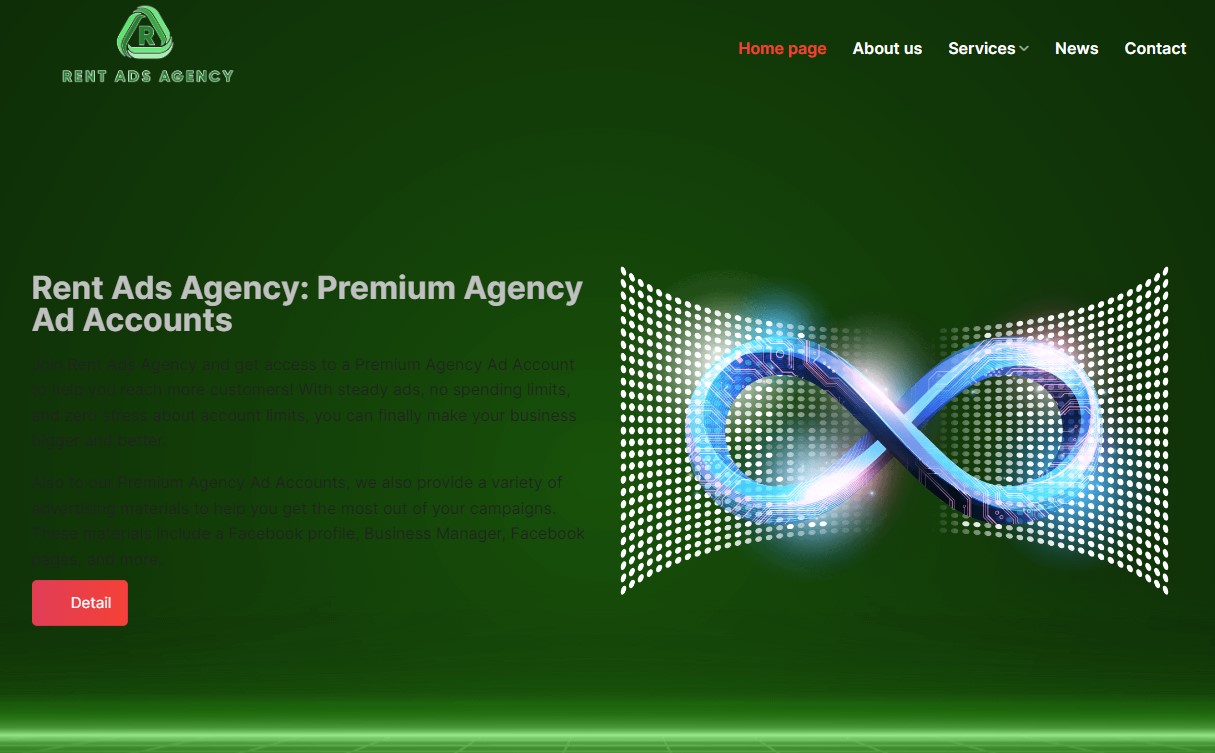
About Navigating Google Ads Destination Requirements in 2024
Have you ever had your Google Ads account suspended due to landing page or website destination issues? You're not alone. With over 3.5 million businesses advertising on Google, destination requirements are strict to protect user experience.
But don't panic if you've received policy violation notifications. With some adjustments, you can get your account back up and running quickly while staying compliant.
In this comprehensive guide, we'll cover everything you need to know about Google's destination requirements policy, including:
Common destination issues that trigger policy violations
Specific destination requirements and examples
Steps to properly set up PPC destinations
Best practices for structuring compliant landing pages
How to correct policy violations and account suspensions
FAQs about destination requirements
Whether you're new to Google Ads or an experienced advertiser, read on to master destination requirements and keep your account active and optimized for success.
Why Google Has Strict Destination Requirements
Google's destination requirements exist to provide the best possible experience for users clicking on ads. Requirements ensure people land on relevant pages with what they expected based on your ad text.
Destination policies also help maintain a fair, competitive playing field among advertisers. No one can manipulate the system by sending traffic to deceptive or unrelated pages.
Some specific rationale behind Google’s policies includes:
Relevance – Landing pages must match promoted offers so searchers get useful, relevant information.
Transparency – Destinations must clearly reflect what was advertised without misleading users.
Functionality – Pages must work properly and display as intended on all devices.
Security – Destinations cannot contain harmful content or programming.
Performance – Pages must load quickly and be fully functioning to deliver positive user experiences.
By enforcing requirements, Google aims to build user trust, satisfaction, and engagement with paid search results.
Now let’s explore common destination issues that may violate policies and put your account at risk.
Top Google Ads Destination Violations to Avoid
Google outlines their destination requirements and restrictions in their policies document. Review it closely and avoid these common violations:
1. Misleading or Irrelevant Landing Pages
All destinations must directly match and fulfill what was promised in your ad text. For example, your ad can't promote discount electronics deals but send users to your homepage.
2. Disruptive Ads
Destinations containing pop-ups, auto-playing video/audio, or other disruptive elements that obscure content or navigation will trigger policy violations.
3. Low-Value Pages
Pages with little unique content, stock images/text, or thin affiliate sites offer little value and violate policies.
4. Inappropriate Content
Google prohibits destinations with illegal, dangerous, or sexually explicit content.
5. Non-functioning Sites
Broken pages, dead links, server errors, and destinations that won't load properly violate policies.
6. Slow Load Times
Destinations must load quickly. Google recommends under one second with no lag on buttons/navigation.
7. Deceptive Claims or Design
Pages with intentionally confusing layouts, false claims, or impersonating other brands will lead to suspensions.
8. Restricted Products or Services
Certain prohibited practices like payday loans, cryptocurrencies, and pharmaceuticals are destination policy violations.
9. Bridge Pages
"Bridge pages" that redirect immediately without substantive content are prohibited.
By understanding violations, you can properly set up destinations in your account to align with policies.
Read more: Why Google Says Your Crawled Final URL Doesn't Match?
How to Set Up Compliant Google Ads Destinations
When structuring account campaigns, implement these best practices for destinations:
Use Targeted Landing Pages
Build dedicated landing pages specifically for each of your ad campaigns. Tailor the content, messaging, headlines, and visuals directly to the offer and keywords in your ads for maximum relevance.
Make Mobile-Friendly Pages
With over 60% of search coming from smartphones, ensure your landing pages are mobile-optimized and load fast on cellular data. Check pages on Google Mobile-Friendly Test.
Avoid Intermediate Pages
Send users directly to your final offer page rather than intermediary splash or transition pages that disrupt the experience with extra clicks.
Display Your Domain and Brand Prominently
Users should immediately recognize your domain and brand on all landing pages to verify they arrived at the intended destination.
Use Compliant Site Content
Carefully control the content within your domain. Remove any old pages with prohibited products/services, false claims, or inappropriate content.
Follow Google Site Policies
Review and comply with Google's broader website quality guidelines covering security, proper functionality, transparency, and more.
Check Speed and Performance
Use tools like Google PageSpeed Insights and Pingdom Website Speed Test to optimize load times. Slow pages frustrate users.
Include Your Contact Information
Properly identifying your business with contact info builds legitimacy and meets policies for transparency.
By steering clear of violations and optimizing your site experience, you can pass Google’s destination requirements with flying colors.
Next let’s explore specific examples of compliant landing pages.
Read more: How To Fix Destination Not Working Google Ads
Examples of Google Ads-Compliant Landing Pages
Well-designed compliant landing pages:
Offer Clear Value
Summarize the offer prominently with relevant headlines, subheads, and bullet points tailored to ad text.
Maintain Focused Content
Avoid side tangent content. Every element should directly relate to fulfilling the specific advertised offer.
Use High-Quality Original Content
Write 250+ words of unique copy and original images tailored to the offer. Don’t use duplicate or templated content.
Load Fast
With a stripped-down design, CDN hosting, compressed images, and minimal scripts, pages should load in under two seconds.
Display Contact Info
Prominently feature your business name, mailing address, phone number, and customer service options.
Make Action Paths Obvious
Call-to-action buttons, widgets, and selection flows make desired actions immediately evident.
Are Mobile-Optimized
A responsive design ensures proper layout and functionality across all devices and screen sizes.
Compliant landing pages focus solely on fulfilling the promoted offer in a relevant, transparent, user-friendly format optimized for conversions.
Best Practices for Structuring Compliant Landing Pages
Here are some top tips for crafting destination pages that align with Google's policies:
Match Page Content Closely to Ads
Just like your landing page headline and first paragraph should mirror your ad's headline and description, the rest of the page content should continue the same offer narrative.
Avoid Bridge Pages
Bridge pages that simply redirect visitors immediately without substantive unique content will trigger policy violations. Build real value-adding destinations tailored to each offer.
Use Compliant Site-Wide Content
Any secondary site pages users navigate to from landing pages must also meet content policies. Don't let old inappropriate content ruin compliant destinations.
Follow FTC Guidelines
Adhere to FTC truth-in-advertising standards across your site, properly substantiating any benefit and product claims.
Make Mobile Optimization a Priority
With mobile generating over 50% of web traffic today, making pages mobile-friendly is a necessity, not a luxury. Test on real devices too.
Keep Pages Focused
Don't dilute landing pages by mixing multiple offers on one page. Send users to tailored destinations hyper-focused on each specific promotion.
Enable SSL Encryption
SSL encryption creates secure connections and reassures visitors your site is legitimate, building user trust.
Design Linear, Targeted Conversion Paths
Minimize distractions and tangents. Make desired actions immediately obvious through design and messaging.
Well-structured compliant landing pages that meet Google's policies are essential for account success and continuity.
How to Correct Google Ads Destination Policy Violations
If you receive a notification your account violated destination policies, act quickly to resolve the issues:
1. Identify Non-Compliant Elements
Review your landing pages and site content against Google's policy explanations to pinpoint where violations occurred.
2. Remove or Update Problematic Pages
Fix, unpublish, or update any pages that trigger violations. You may need to remove pages permanently in some cases.
3. Adjust Targeting/Ads Accordingly
If you must remove landing pages associated with current ads, also pause those campaigns and modify ads to promote compliant destination pages.
4. Submit Explanation and Request Review
File an account suspension appeal through Google Ads, explaining the violations and steps you've taken to correct them.
5. Monitor Accounts Closely
Moving forward, keep a close eye on accounts to ensure you catch any emerging destination issues quickly.
With adjustments to bring pages and content in line with policies, you can successfully appeal and regain account access in most scenarios.
Destination Requirements: FAQs and Best Practices
What are Google Ads’ rules around using cloaking or hiding destinations?
Cloaking destinations by showing Googlebots different pages than users is strictly prohibited. Destinations must accurately represent the actual user experience.
Can I use the same landing page for multiple ads and campaigns?
It's best to create tailored landing pages for each specific ad and offer. Using the same generic page for multiple disparate campaigns increases the risk of policy violations.
How much text do landing pages need to comply?
There are no strict minimum word counts, but pages must contain substantial unique written content that provides real value to visitors. Thin pages violate policies.
Do landing pages need to exactly match my ad's exact text?
Pages don't need to exactly mirror ads, but should contain relevant content expanding on the core offer mentioned in your ad text. Drastic mismatches violate policies.
What’s the penalty for too many destination policy violations?
Frequent or egregious violations can lead to permanent account suspension. Most first-time violations result in temporary suspensions if you correct issues promptly.
Compliant destinations enable you to maximize conversions from Google Ads without jeopardizing your account. Keep these best practices in mind:
Analyze destinations against policies before launching campaigns
Closely monitor landing pages for emerging compliance issues
Create dedicated, tailored landing pages for each ad/offer
Ensure every page of the conversion path meets requirements
Fix policy violations quickly and transparently
With vigilance and properly structured destinations, you can deliver successful Google Ads results safely within policy limits.
Recap: How to Maintain Google Ads Destination Policy Compliance
Destination requirements exist to ensure positive, transparent experiences for Google Ads users. By mastering policies and implementing compliant landing page best practices, advertisers can reap the benefits of paid search without risking suspensions.
Monitor accounts closely, create tailored destinations, follow all content policies, and correct any violations promptly. With this comprehensive approach, you can keep your accounts optimized and active.
Successful Google Ads attribution relies on building seamless user journeys from ad to landing page. We hope these guidelines give you confidence in setting up destinations that convert customers and adhere to Google's destination policies.
Now you can navigate requirements with ease and deliver exceptionally relevant, useful landing experiences. Get out there and send some compliant, revenue-driving traffic today!
Follow us:



